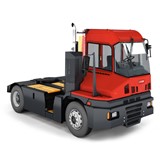Key Takeaways
- Average Price Range: Used tractors in Australia typically range from $10,000 to $80,000, depending on age, horsepower, and condition.
- Market Trends: The Australian tractor market reached approximately 15,470 units in 2024, with a projected growth rate of 3.56% CAGR through 2034.
- High-Value Models: Tractors over 100 horsepower can exceed $100,000, especially if equipped with advanced features.
- Depreciation: Tractors typically depreciate by 5–10% per year, influenced by usage hours and maintenance history.
- Total cost of ownership: Consider the full lifecycle cost of a used tractor, including purchase price, fuel (~$10,000–$20,000/year for medium tractors), maintenance ($2,000–$4,000/year), insurance ($1,200–$2,500/year), and depreciation, over 8,000–10,000 operational hours to make a financially smart purchase.
- Tractor inspection checklist: Conduct a thorough inspection covering engine, transmission, hydraulics, tires, PTO, 3-point hitch, electronics, and frame condition to avoid costly repairs and ensure reliability.
- Financing and leasing options: Explore dealer finance, bank loans, and lease/hire purchase arrangements; compare interest rates, deposit requirements, and total repayment costs to align with cash flow and total ownership budgeting.
Introduction
Purchasing a used tractor in Australia requires careful consideration of various factors, including price, brand, condition, and intended use. With the agricultural machinery market experiencing fluctuations, it's essential for buyers to be well-informed. This guide provides a detailed overview of the used tractor market in Australia, offering actionable insights to help you make an informed decision.
Understanding the Used Tractor Market in Australia
Market Overview
The Australian tractor market reached approximately 15,470 units in 2024, with a projected growth rate of 3.56% CAGR through 2034 . Despite fluctuations in sales, the demand for used tractors remains robust, driven by factors such as cost-effectiveness and the availability of well-maintained units.
Factors Influencing Tractor Prices
- Horsepower (HP): Higher horsepower tractors generally command higher prices.
- Age and Hours: Newer tractors with fewer operating hours are priced higher.
- Brand Reputation: Established brands like Kubota and John Deere often retain higher resale values.
- Condition and Maintenance: Well-maintained tractors with service records are more valuable.
- Attachments and Features: Additional features such as loaders, GPS systems, and air-conditioned cabs can increase the price.
Price Ranges by Tractor Type
Compact Tractors (Under 50 HP)
- Price Range: $10,000 – $30,000
- Ideal For: Small farms, vineyards, and hobby farms.
Mid-Range Tractors (50–100 HP)
- Price Range: $30,000 – $60,000
- Ideal For: Dairy farms, mixed cropping, and general farm tasks.
High-Performance Tractors (Over 100 HP)
- Price Range: $60,000 – $150,000+
- Ideal For: Large-scale cropping, heavy-duty tasks, and broad-acre farming.
Factors to Consider When Buying a Used Tractor
1. Age and Hours
- Ideal Age: Tractors between 5–10 years old offer a balance between cost and remaining lifespan.
- Operating Hours: Under 5,000 hours is generally considered low usage.
2. Condition and Maintenance History
- Service Records: Ensure the tractor has a complete service history.
- Visual Inspection: Check for signs of wear, leaks, and rust.
3. Attachments and Features
- Common Attachments: Front-end loaders, backhoes, and mowers.
- Advanced Features: GPS guidance, air-conditioned cabs, and auto-steer systems.
4. Price Comparison
- Market Research: Compare prices across multiple platforms
Maintenance Tips for Used Tractors
- Regular Servicing: Adhere to the manufacturer's recommended service intervals.
- Lubrication: Regularly check and replace lubricants to ensure smooth operation.
- Tire Maintenance: Inspect tires for wear and maintain proper inflation.
- Cooling System: Ensure the radiator and cooling system are functioning correctly.
Total Cost of Ownership (Life Cycle Cost)
When buying a used tractor, the initial purchase price is just one part of the financial picture. Savvy buyers focus on the total cost of ownership over the tractor’s lifespan, which typically ranges from 8,000 to 10,000 operational hours. Considering the full financial impact helps you make smarter, long-term decisions.
Key components of total ownership cost:
- Fuel Consumption: A medium-sized tractor (50–100 HP) typically consumes 10–15 litres per hour under normal working conditions. With average diesel costs in Australia around $2.05 per litre, annual fuel costs can range from $10,000 to $20,000 depending on usage.
- Maintenance and Repairs: Regular servicing, including engine checks, hydraulic maintenance, and tire replacements, averages $2,000–$4,000 per year. Older tractors may require more frequent repairs, impacting your long-term cost.
- Insurance: Comprehensive farm machinery insurance for a used tractor costs $1,200–$2,500 annually, depending on coverage and tractor value.
- Depreciation: Used tractors typically depreciate 5–10% per year, influenced by age, hours, brand, and attachments. Keeping a service record and maintaining the tractor well can reduce accelerated depreciation.
Actionable tip: Create a 5–10 year total cost projection table for any models you are considering. Include purchase price, fuel, maintenance, insurance, and estimated resale value. This comparison will clearly show the most cost-effective choice over the tractor’s lifespan.
Tractor Inspection Checklist
Inspecting a used tractor thoroughly is critical to avoid costly repairs or unexpected downtime. A detailed used tractor inspection should cover the following areas:
- Engine and Transmission: Look for leaks, unusual noises, smoke, or delayed responses. Verify service history and check for recent engine rebuilds.
- Hydraulic System: Inspect hoses, cylinders, and connections for wear or leaks. Test loader functions and any attachments.
- Tires and Wheels: Check for uneven wear, cracks, or dry rot. Confirm proper inflation and look for signs of rim damage.
- Power Take-Off (PTO) and 3-Point Hitch: Ensure smooth engagement and operation. Test lifting and lowering mechanisms under load.
- Cab and Electronics: Confirm that gauges, lights, GPS, and other electronics are functioning. Check air conditioning and heating if applicable.
- Body and Frame: Look for rust, cracks, or previous repairs. Examine undercarriage and wheel wells for hidden damage.
Actionable tip: Bring a mechanic or experienced operator when inspecting high-value tractors. Use a printed checklist to ensure nothing is missed. A thorough inspection can save thousands in future repairs and improve your bargaining power.
Financing and Leasing Options
Many Australian farmers and buyers rely on financing when purchasing used tractors, particularly for mid-range to high-performance models. Understanding available options ensures you choose the most suitable plan for your cash flow and business needs.
Common financing options:
- Dealer Finance: Many tractor dealerships offer structured loans with competitive rates and flexible repayment schedules. Often includes a warranty or service package.
- Bank Loans: Traditional loans from Australian banks or credit unions allow you to finance a used tractor with fixed interest rates. Typically requires a 10–20% deposit.
- Leasing and Hire Purchase: Leasing spreads the cost over a set term, sometimes with options to upgrade to newer models at the end. Hire purchase agreements allow ownership after all payments are complete.
Actionable tip: Compare interest rates, fees, and repayment terms from multiple providers. Calculate the total repayment cost and ensure it aligns with your farm’s cash flow. Factoring financing costs into your total ownership cost ensures a realistic budget for your tractor purchase.
Frequently Asked Questions (FAQs)
1. What is the average lifespan of a tractor?
The average lifespan of a tractor is approximately 8,000 to 10,000 hours of operation, depending on maintenance and usage.
2. Are there financing options available for used tractors?
Yes, many dealerships and financial institutions offer financing options for used tractors. It's advisable to compare interest rates and terms before committing.
3. How can I verify the authenticity of a used tractor's service history?
Request service records from the seller and verify them with the servicing dealership or mechanic.
4. What are the common issues to look for in used tractors?
Common issues include engine problems, hydraulic system leaks, transmission issues, and excessive wear on tires and brakes.
5. Can I purchase a used tractor without attachments?
Yes, many used tractors are sold without attachments, allowing buyers to purchase only the tractor or select specific attachments as needed.
Conclusion
Purchasing a used tractor in Australia requires careful consideration of various factors, including price, brand, condition, and intended use. By conducting thorough research, inspecting potential purchases, and considering factors like maintenance history and additional features, buyers can make informed decisions that align with their agricultural needs and budget.
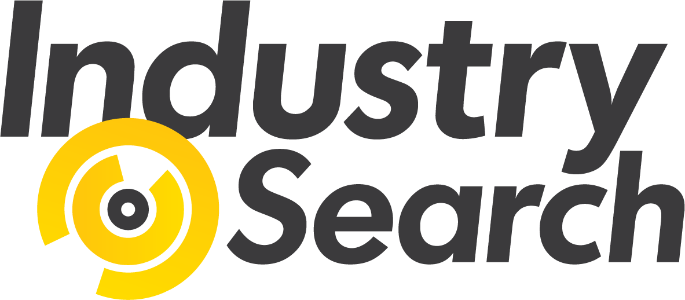

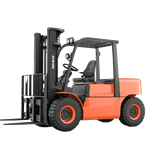
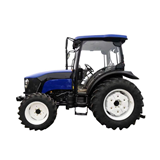
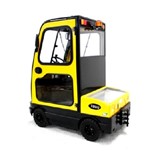
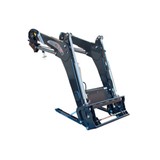
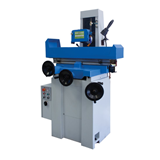




-160x160-state_article-rel-cat.png)

